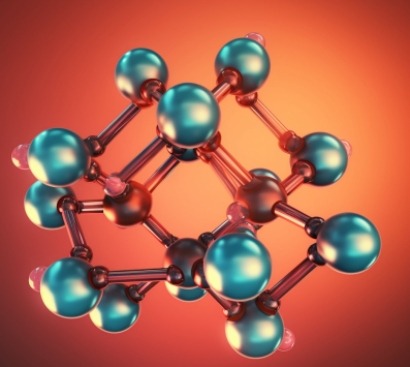
When the Inflation Reduction Act (IRA) was signed into law in August 2022, our leaders were thinking about more than the country’s present needs. They’re also concerned with how to help the country have a more resilient future. Such was the case with the Clean Hydrogen Production Tax Credit.
Which Entities Can Take Advantage of the Credit?
The Clean Hydrogen Production Tax Credit is available to people operating qualifying clean hydrogen production facilities in the U.S.
The credit applies to hydrogen produced after December 31, 2023, in facilities that begin operating before January 1, 2023, for their first decade of service.
How Much Is the Credit?
The credit’s base rate is 60 cents per kilogram, adjusted for inflation. It’s then multiplied by an applicable percentage based on the plant’s life cycle greenhouse gas emissions. The percentage ranges from 20%-100%.
Qualifying for the Bonus Credit
There’s also a bonus credit that’s five times the base credit. However, facilities must meet wage-related and registered apprenticeship requirements.
Initial guidance about those stipulations indicated anyone involved in the construction or maintenance of qualifying facilities must not receive less than the hourly — typically union — wage in the respective area, as deemed appropriate by the Secretary of Labor. Moreover, this detail applies to any full or partial taxable year occurring within 10 years from when the facility begins operating.
The apprenticeship requirements state the minimum amount of a construction, repair or alteration job that apprentices must do. They vary according to when the construction starts. If the date is after December 31, 2022, and before January 1, 2024, apprentices must do at least 12.5% of the work. However, if the construction starts after December 31, 2023, it rises to 15%.
There are also apprenticeship participation requirements. They apply to any taxpayer, contractor or subcontractor who hires at least four persons to perform construction, alteration or repair work on the hydrogen plants. In such cases, at least one qualified apprentice must be involved in the work.
How Do Qualifying Parties Receive This Credit?
Many entities will receive the cash as tax credits. However, eligible parties can opt for a direct-pay option in the form of a tax refund instead of tax credits. They are:
Tax-exempt organizations
States
Political subdivisions
Alaska Native Corporations
Indian Tribal governments
The Tennessee Valley Authority
Applicable rural electricity co-ops
Some entities other than those mentioned here are eligible for up to five years of direct pay, which is less than the full credit period. Parties that choose direct pay should know that it expires at the end of 2032.
How Will the Clean Hydrogen Tax Credit Affect Renewable Energy?
Many decision-makers must make proactive decisions to increase their organizations’ future resilience. One California grape-growing operation prepared for water shortages with self-supporting dams. Each could hold up to 10,000 gallons of water.
Other business leaders invest in solar power or microgrids so their organizations become more reliant on renewable resources. Those are infinite because they’re naturally produced.
The Clean Hydrogen Tax Credit should give a major boost to renewable energy. Facilities will only qualify to receive it if they get power from new clean energy sources. However, in May 2023, 54 parties asked the Treasury Department to reconsider. They asserted that the requirement could increase costs, result in job losses and slow the hydrogen industry’s growth.
Can Eligible Parties Claim a Different Credit Instead?
Some parties interested in claiming the Clean Hydrogen Tax Credit have already received the Investment Tax Credit (ITC). Generally, as long as a business uses solar power or other qualifying technologies on a facility that goes into service after 2022 and begins construction before 2033, representatives can avail of a 30% ITC.
Specifics for the Clean Hydrogen Tax Credit account for the reality that some eligible facilities may simultaneously qualify for the ITC. In such cases, parties can irrevocably elect to claim the ITC instead of the Clean Hydrogen Tax Credit.
This detail applies if they have not already claimed the CO2 Sequestration credit. It provides up to $85 per ton of permanently stored CO2. Moreover, people can get a credit of $60 per tonne of CO2 used for industrial purposes, including enhanced oil recovery.
Stay Abreast of the Clean Hydrogen Tax Credit
That’s what we know about the Clean Hydrogen Tax Credit so far. However, you can expect more information soon, including when the Treasury Department clarifies how it will calculate emissions associated with hydrogen production plants. That’s critical because it will dictate the amount of a qualifying company’s credit.
In any case, you now have the necessary information to help customers and your energy industry colleagues understand what could be a groundbreaking tax credit for hydrogen energy promotion.

